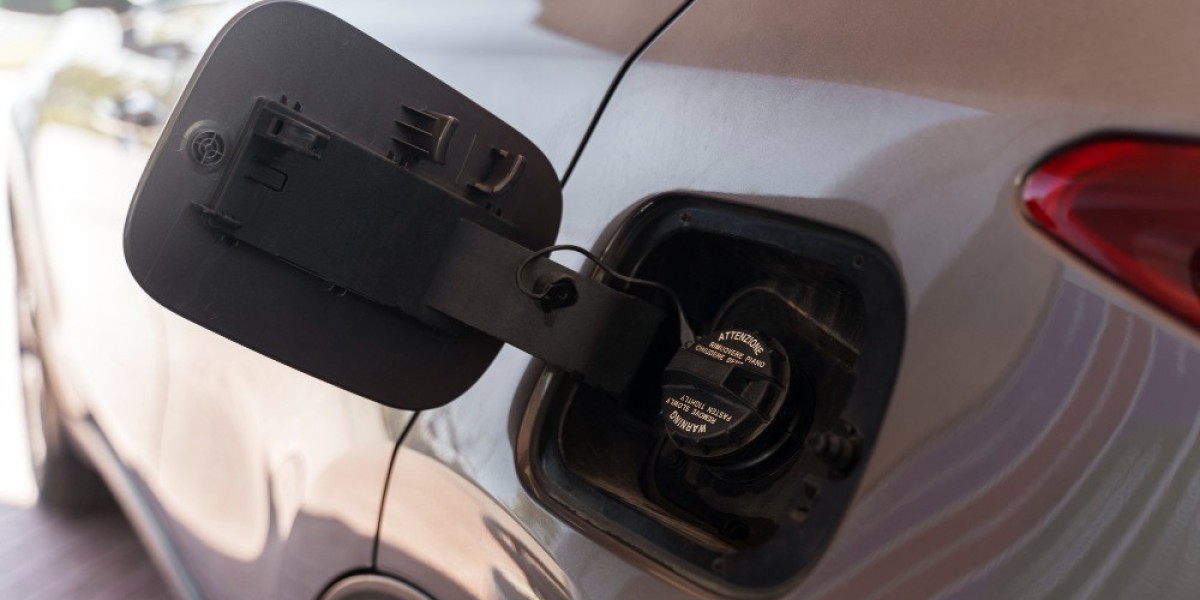In the world of internal combustion engines, turbines, and industrial burners, one small but vital component ensures efficient fuel delivery — the fuel nozzle. While often overlooked, this part plays a key role in engine performance, fuel economy, and emissions control. Whether in marine engines, automobiles, aircraft, or power plants, fuel nozzles are essential to the operation of combustion systems.
What Is a Fuel Nozzle?
A fuel nozzle is a precision device that delivers and atomizes fuel into a combustion chamber or intake stream. It ensures that the correct amount of fuel is sprayed in a fine mist, allowing it to mix thoroughly with air for efficient combustion. The design and performance of a fuel nozzle directly influence the engine's power output, efficiency, and emission levels.
Key Functions of a Fuel Nozzle
Fuel Atomization
The nozzle breaks fuel into small droplets to improve combustion. Proper atomization ensures complete fuel burning, which boosts engine efficiency and reduces pollutants.Controlled Flow Rate
Fuel nozzles regulate how much fuel enters the combustion chamber, maintaining optimal air-fuel ratios across various engine loads and conditions.Spray Pattern Formation
The nozzle creates specific spray patterns — cone, fan, or multi-hole — to match the combustion chamber design and ensure uniform fuel-air mixture distribution.Temperature and Pressure Resistance
Fuel nozzles are engineered to perform under extreme heat and pressure, especially in heavy-duty engines and gas turbines.
Types of Fuel Nozzles
Single-Orifice Nozzle
Basic and widely used in small engines, these nozzles feature a single hole to atomize and direct fuel.Multi-Orifice Nozzle
These provide better atomization and coverage, common in high-performance and industrial engines.Air-Blast Nozzle
Used in jet engines and turbines, they mix air and fuel before atomization for finer spray and efficient burning.Pressure-Swirl Nozzle
This type uses pressure and swirling motion to atomize fuel, ensuring better combustion in automotive and marine engines.
Applications of Fuel Nozzles
Fuel nozzles are found in a variety of systems, including:
Marine diesel engines
Automotive engines
Aircraft engines
Gas turbines
Industrial burners and boilers
Agricultural machinery
Maintenance and Troubleshooting
Over time, fuel nozzles can suffer from clogging, wear, or carbon deposits, leading to poor spray patterns, reduced fuel efficiency, or misfires. Regular cleaning, timely replacement, and using clean fuel help maintain nozzle performance and extend engine life.
Conclusion
Though small in size, the fuel nozzle plays a massive role in combustion efficiency and engine health. It ensures precise fuel delivery, proper atomization, and optimal engine performance across a range of applications. As emission regulations tighten and engine technologies evolve, fuel nozzle innovation continues to be a driving force behind cleaner and more efficient power systems.








